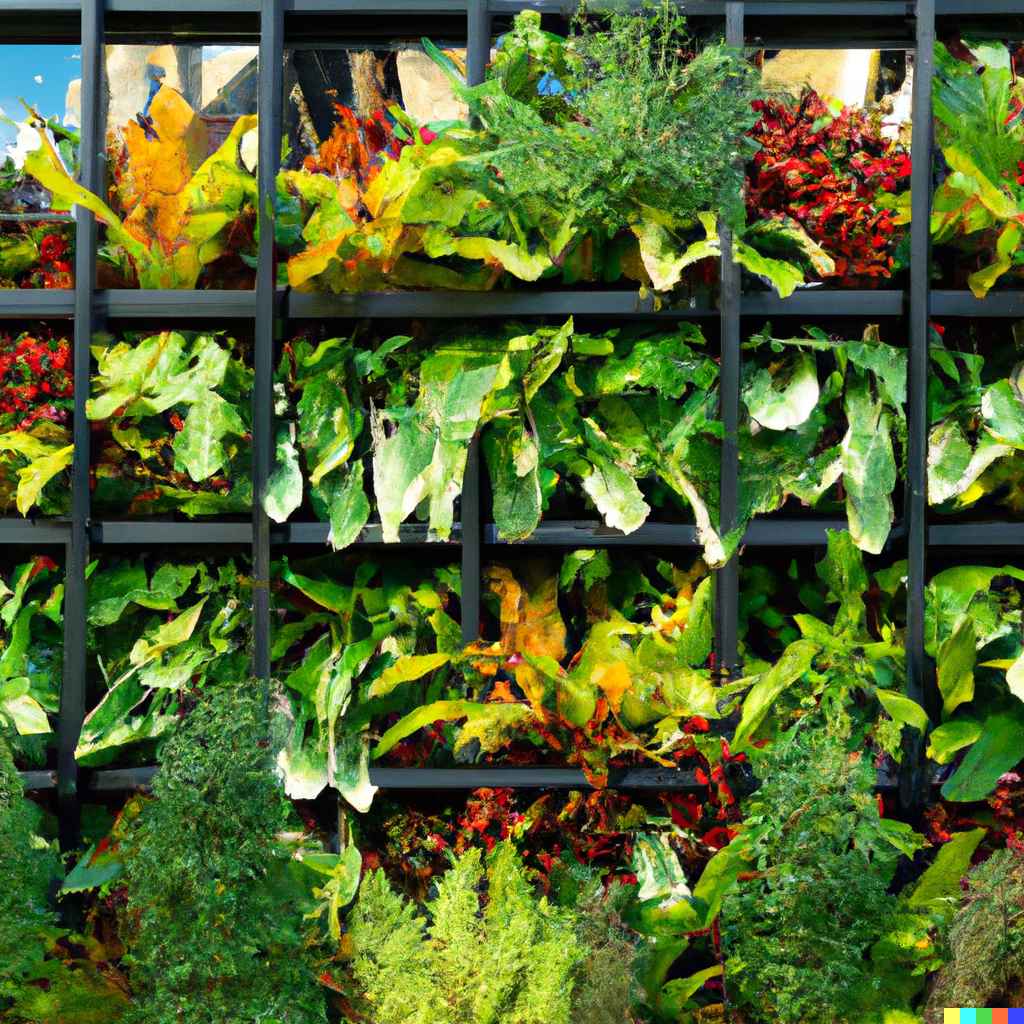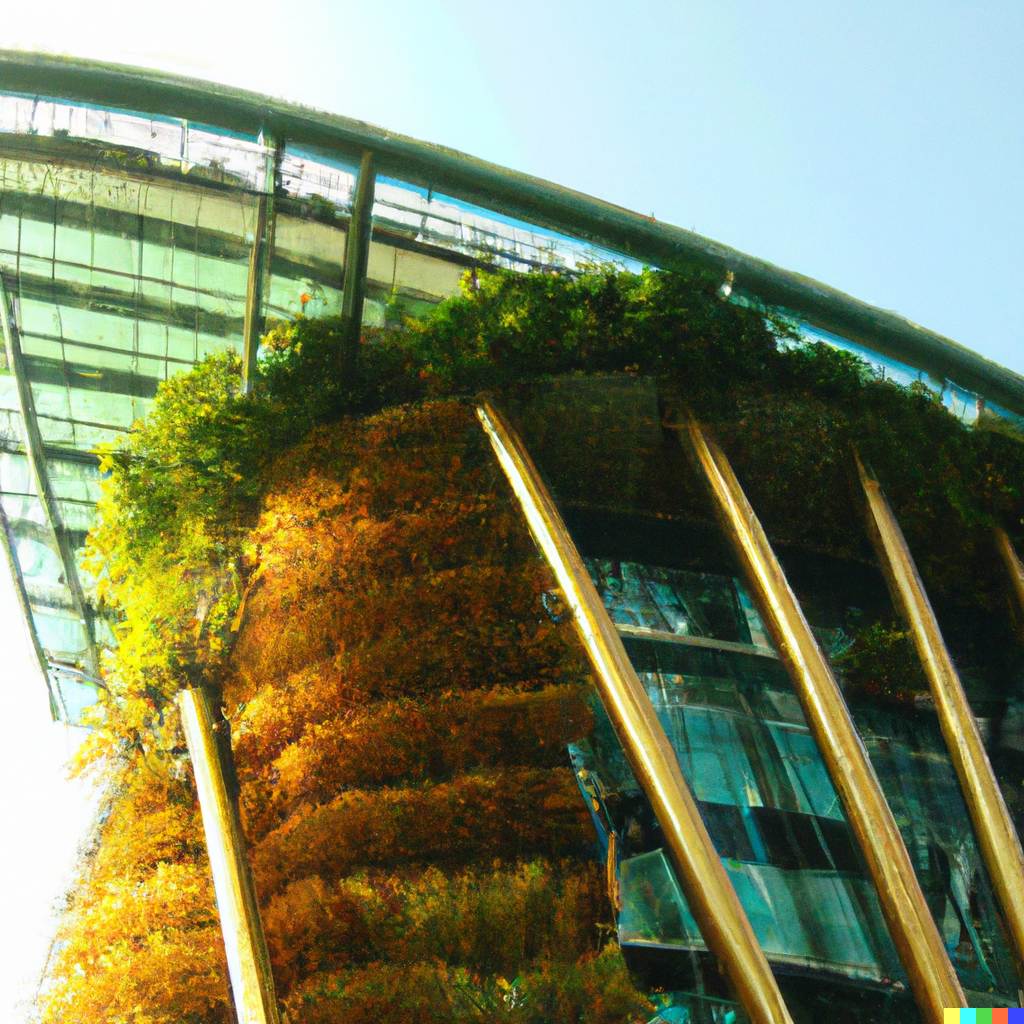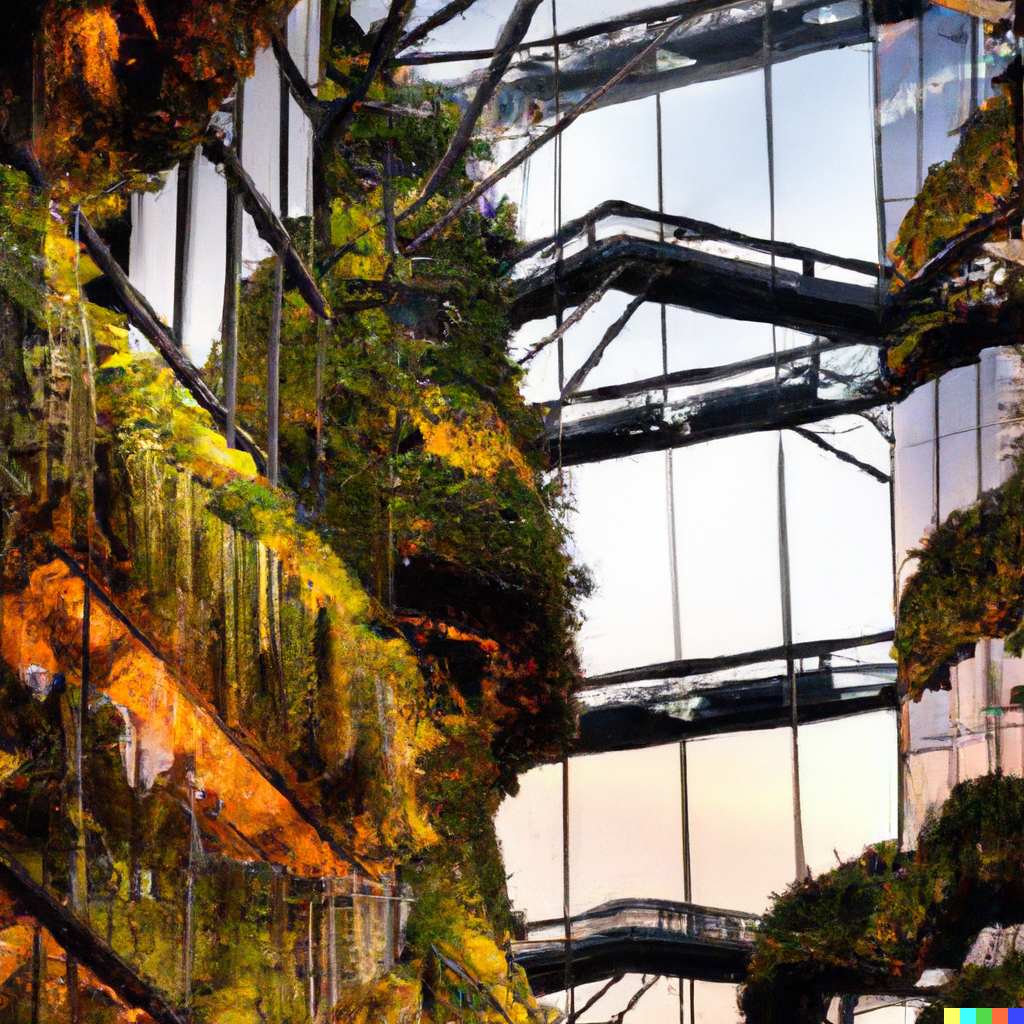Long Does It Take to Build a Living Wall? Constructing a living wall from start to finish involves extensive planning, custom installation, and attentive post-construction maintenance. Depending on the scale and complexity, timelines can range from a few weeks for simple small-scale projects to multiple months for intricate large installations. This guide will clearly walk through each phase, so beginners understand the complete process and realistic duration. For those new to the concept, a living wall is a beautiful blend of nature and architecture, bringing a breath of fresh air to urban spaces.
Definition and Importance of Living Walls
A living wall, also termed a green wall or vertical garden, is a unique gardening method where plants are grown hydroponically on vertical structures rather than in the ground. The plants take root in growing media affixed to surfaces like building exteriors or interior partitions, fences, or freestanding frames designed to support vegetation. This innovative approach to gardening transforms spaces, making them more eco-friendly and visually appealing.
Living walls bring eye-catching greenery and vibrancy to urban settings with minimal ground space![]() . In addition to their aesthetic appeal, they offer practical advantages:
. In addition to their aesthetic appeal, they offer practical advantages:
- Enhance air quality by absorbing pollutants and releasing oxygen. This natural air purification process can significantly improve indoor air quality, making spaces healthier for inhabitants.
- Naturally filter stormwater runoff through the soil and plant root systems. This helps in reducing the risk of flooding and soil erosion, especially in urban areas with concrete surfaces.
- Insulate buildings and reduce energy consumption for cooling/heating. By acting as a natural insulator, living walls can help in reducing energy bills, especially during extreme weather conditions.
- Lower noise pollution when installed along busy roadways. The dense vegetation acts as a natural sound barrier, dampening noise and creating a serene environment.
- Create habitats to support biodiversity, like birds and pollinators. These walls can become mini-ecosystems, attracting various species and promoting biodiversity in urban areas.
Overview of the Construction Process

Successfully establishing a living wall depends on careful execution across three main phases:
Pre-Construction Planning
This preparatory phase involves thoroughly assessing the installation site environment, developing a tailored living wall design, and creating a comprehensive project plan, which may require permitting. Key planning tasks include:
- Study sun exposure, wind patterns, humidity, and seasonal variations to inform plant selections. Understanding these environmental factors ensures the chosen plants thrive in their new vertical home.
- Test soil pH and composition to determine required drainage, nutrients, and healthy plant growth amendments. A well-balanced soil is the foundation for a flourishing living wall.
- Evaluate existing structural integrity to handle the living wall’s size, weight load, and stresses over time. It’s essential to ensure that the chosen structure can support the added weight of the plants, soil, and water. Design structural reinforcements if needed.
- Create a cohesive aesthetic plan with suitable plants, and material features like lighting or sculpture accents, and construction blueprints. This step ensures that the final product is functional and visually appealing.
Adequate planning is crucial for an efficiently executed installation and long-lasting living wall. A well-thought-out plan reduces potential pitfalls and ensures the project’s success.
Custom Installation
The installation phase is when construction commences based on the approved plans. This hands-on process entails:
- Preparing the site by safely removing existing elements and installing structural supports. This step ensures that the wall is ready to support the weight of the plants and growing medium.
- Amending the soil composition to meet the plant species’ nutritional needs, drainage, pH, and retention properties. Proper soil preparation is crucial for plant health and growth.
- Securely transplanting and planting the selected vegetation based on optimal spacing for healthy maturation. Proper spacing ensures that plants have room to grow without competing for resources.
- Integrating a customized irrigation system to provide water coverage and nutrients tailored to the layout. A well-designed irrigation system ensures that plants receive the right amount of water and nutrients.
- Adding unique decorative touches like integrated lighting, sculpture accents, or bird feeders per the design. These elements enhance the overall aesthetic appeal of the living wall.
Following sustainable practices like recycling to minimize environmental impact ensures that the installation process is eco-friendly.
Post-Construction Establishment
After installation, consistent care is critical as the plants establish roots in their new environment. This phase is essential for the long-term success of the living wall. Proper care during this period ensures that the plants adapt well to their new environment and grow healthily.
Factors Affecting Construction Time (How Long Does It Take to Build)
Several variables impact the total duration from start to finish:
- The size and intricacy of the design – More elaborate plans require longer timelines. Detailed designs with intricate features and diverse plant species need careful planning and execution.
- Small residential living walls versus monumental commercial projects – Larger scale adds time. While residential projects might be quicker due to their smaller size, commercial projects require more coordination and resources.
- Incorporating a single plant species vs. multiple diverse varieties – Multiple species involve extra design considerations. Each plant species has specific needs, and catering to a diverse range can be more time-consuming.
- The scope of preparation is needed at the installation site before the building commences. A site that requires extensive preparation will naturally extend the project’s timeline.
Size and Complexity of the Living Wall

More intricate living wall designs with abundant built-in features understandably require extended timeframes, which could span many months from conception to completion. Simpler, petite residential living walls may only need a few weeks total. It’s essential to understand that the complexity of the design directly impacts the construction timeline.
For large commercial or public art installations ample time is needed to bring monumental visions to life through detailed planning and multi-stage installation tailored to the elaborate design. Meticulous execution and coordination between engineers, horticulturalists, and artists is imperative.
Small-Scale vs. Large-Scale Projects
Relatively small living walls, like in a home or office setting, have limited square footage and modest plant arrays with minimal added embellishments. These downscaled projects are far simpler and quicker to implement in compact timeframes.
Alternatively, expansive corporate or municipal living walls are vastly larger in scale and ambition. All aspects of their design, material quantities, equipment needs, construction labor, installation process, and decorative finishing details are amplified substantially. Orchestrating the massive vision from conception to fruition requires extensive coordination over potential months.
Single vs. Multiple Plant Species Used
Opting for a single plant variety across the entire living wall streamlines upfront planning regarding irrigation, soil, fertilization, and ongoing maintenance needs thanks to uniform considerations. This simplicity speeds up the process.
Conversely, incorporating multiple diverse plant species leads to much more intricate coordination. Each variety has unique environmental, water, and nutrient needs. Customized irrigation and soil accommodation are imperative for healthy coexistence. These complexities lengthen initial planning and installation timelines.
What Is the Timeline for Building a Living Moss Wall Compared to Other Living Walls?
When considering building a wonderful living moss wall compared to other living walls, it’s important to note that the timeline for completion can vary. Generally, living moss walls can take longer to establish compared to other living walls due to the delicate nature of moss and the need for careful maintenance.
Site Preparation Requirements

Before embarking on the construction of a living wall, it’s crucial to ensure the designated site is primed and ready. This involves:
- Structural Analysis: Assessing the structural integrity of the wall to ensure it can bear the weight of the plants, soil, and water. This might involve consulting with structural engineers.
- Access Planning: Ensuring adequate access to equipment, materials, and personnel. This step is vital for a smooth construction process.
- Site Cleanup: Removing any existing elements like old paint, fixtures, or vegetation to create a blank canvas.
- Safety Protocols: Implementing safety measures to protect workers, residents, and the environment during the construction phase.
The more extensive the site preparation needs, the longer the overall project duration.
Pre-Construction Phase: Planning and Design (1-4 weeks)
This phase is all about laying the groundwork for a successful living wall installation:
- Site Assessment and Feasibility Study: Understanding the potential and limitations of the site. This might involve checking for any restrictions or regulations.
- Evaluating Environmental Conditions: Studying factors like light exposure, temperature, humidity, and wind patterns. These factors will influence plant selection and design considerations.
- Analyzing Soil Quality and Drainage Capabilities: Testing the soil’s pH, nutrient content, and drainage properties. This ensures the chosen plants will thrive.
- Conceptual Design Development: Brainstorming and sketching initial design ideas, considering aesthetics, functionality, and environmental factors.
- Determining Plant Selection: Choosing plants based on aesthetics, functionality, and the site’s environmental conditions.
- Creating a Detailed Blueprint or Digital Model: Finalizing the design and creating a detailed plan for construction. This might involve using digital modeling software for precision.
Construction Phase: Installation Process (3-8 weeks)
This hands-on phase is where the living wall starts to take shape:
- Site Preparation: Preparing the wall surface, ensuring it’s clean, and making any necessary structural reinforcements.
- Soil Preparation: Amending the soil with nutrients and ensuring proper drainage. This is crucial for plant health.
- Plant Installation: Carefully transplant the selected plants onto the wall, ensuring they’re spaced correctly and securely affixed.
- Irrigation System Setup: Installing a customized irrigation system tailored to the wall’s layout and plant needs. This ensures plants receive adequate water and nutrients.
- Finishing Touches: Adding any decorative elements, like lighting or sculptures, and making final adjustments to the wall’s appearance.
Post-Construction Phase: Establishment Period
After the living wall is installed, it’s essential to ensure the plants establish themselves and thrive:
- Plant Care and Maintenance (4-8 weeks): Regularly watering, pruning, and checking for pests or diseases. This initial period is crucial for plant health.
- Growth Monitoring (8-12 weeks): Observe how the plants grow, fill the wall, and ensure they’re healthy. This might involve regular check-ins and photo documentation.
- Periodic Adjustments (12+ weeks): Making necessary adjustments based on plant growth, health, and seasonal changes. This ensures the living wall remains vibrant and healthy in the long term.
Conclusion
Constructing a living wall is a multifaceted endeavor that demands meticulous planning, execution, and post-construction care. While the timeline varies based on the project’s scale, design complexity, and site conditions, the result is a breathtaking blend of nature and architecture that revitalizes urban spaces. Whether you’re considering a small residential installation or a grand commercial masterpiece, understanding the process and timeline ensures a successful and sustainable living wall that thrives for years to come.

